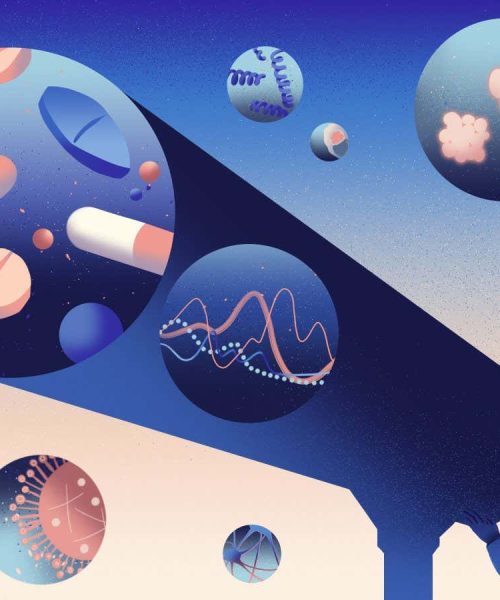
Sofia Bonati
The skin is by far the body’s biggest organ. Depending on your height and body mass, it covers an area of around 1.5 to 2 square metres and weighs between 3.5 and 10 kilograms – around 15 per cent of your total body mass.
Think of it as a kind of intelligent armour. It helps you sense the world around you, protects your internal organs and defends you from pathogens. This would be reason enough to take good care of it, especially because premature ageing of skin can degrade its ability to fulfil all these functions, leaving you at higher risk of infection. The latest research, however, suggests that the consequences of skin health may go much deeper.
To understand why, we need to examine its structure. Skin is composed of three layers: the outer, waterproof epidermis that is constantly regenerating; the dermis beneath, packed with fibres of collagen and elastin; and the underlying subcutis, or hypodermis, made of fat and connective tissue and filled with cavities that help to buffer the rest of the body from shock. Damage to these layers can trigger skin cells to pump out inflammatory proteins. In the short term, this results in more blood flowing to the area of injury, which can speed up healing. But if high levels of inflammation are maintained over longer periods, those chemicals may build up and, with the help of a vast network of blood vessels in the dermis, spread to other organs and damage them.
Advertisement
Accelerated ageing
Ageing can accelerate this process. As we get older, our skin loses collagen, water and fat – making it more fragile. Worse still, many skin cells enter a state called senescence, in which they ramp up the production of inflammatory chemicals. This potentially toxic cocktail seems to amplify the risk of age-related conditions such as diabetes, heart disease and dementia. Although we don’t yet have definitive proof of this hypothesis, various lines of evidence now support it. Animal studies, for instance, have shown that skin damage can trigger widespread inflammation. Researchers from the Erasmus University Medical Centre in Rotterdam, the Netherlands, meanwhile, found that whether someone’s face looked older or younger than their actual age was linked to their overall risk of developing cataracts, osteoporosis, hearing loss and chronic obstructive pulmonary disease, as well as their general cognitive functioning.
In the future, we may well have “senotherapeutic” drugs to either clear away senescent cells, including those in the skin, or stop them releasing inflammatory proteins. These are still under development, but progress is promising. In the meantime, there is a host of lifestyle changes that can help us all to care for this crucial and fascinating organ. Read on to find out more.
Explore key questions about skincare in our latest special series:
Topics:





